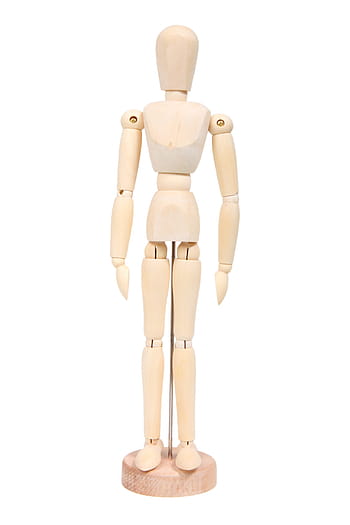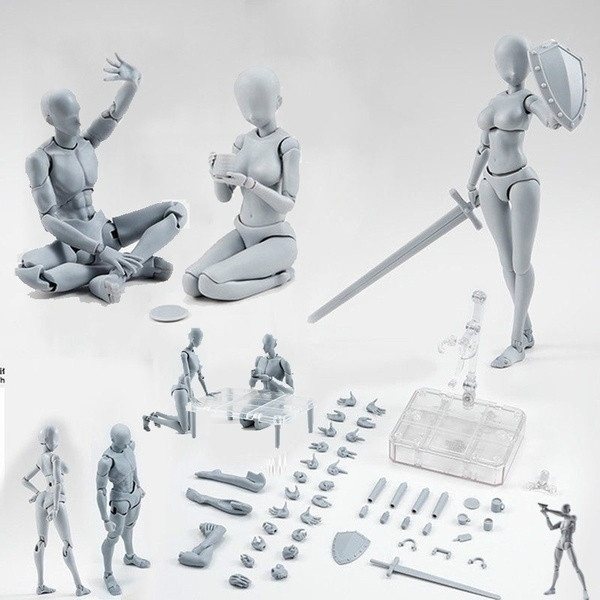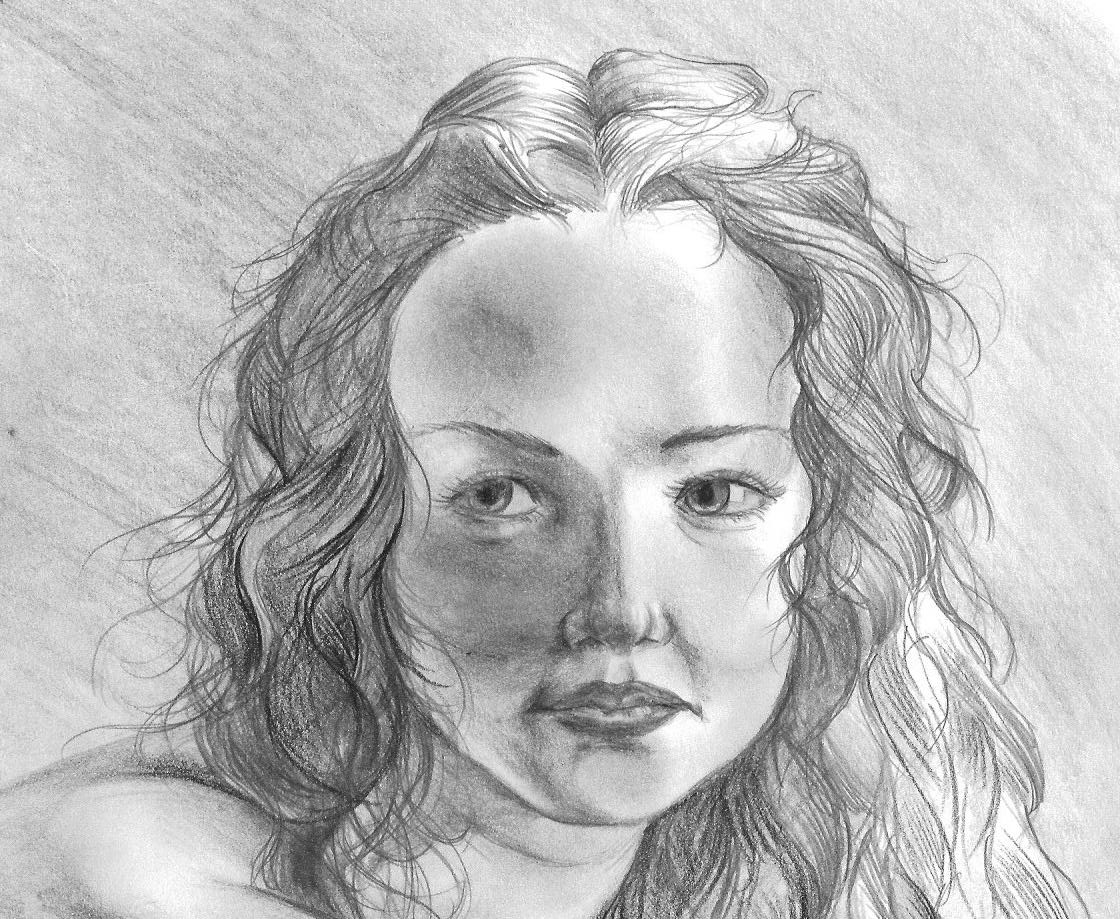PART TWO: FIGURATIVE PIECES, STUDIES, LIFE DRAWINGS AND EXPERIMENTS
I have always said to my students if you can learn how to draw the human figure and water, you can do just about anything in flat art. Water is one challenge because it has so much movement, simple and complex shapes that constantly change, colour and transparency and so much more. The human figure is the other challenge because its structure has proportions that change over time, a shape that varies from person to person, lines, shapes, forms, textures and values, and so much more. The subject of the human face or figure is as old as art itself. Anyone wishing to create comics, animation, games and such must gain some understanding of how the figure is put together if there is to be any success in the workplace later.
To quote Andrew Loomis:
“The nude human figure must serve as the basis for all figure study. It is impossible to draw the clothed or draped figure without a knowledge of the structure and form of the figure underneath. The artist who cannot put the figure together properly does not have one chance in a thousand of success…. If you are offended by the body…give up all thought of a career in art.“
I agree with this and have yet to see anyone who can’t or won’t master the human form make a success of their work with the figure beyond being simple copyists of photos using grids or other ‘tricks’. The human figure, clothed or otherwise, is something that requires constant practice in mastering. Drawing from life is best, but I have found students have managed to achieve success from working with near life sized projections of computer generated models. The latter is not the ideal, but when circumstances dictate it, it’s better than downloading photos and copying them, allowing grids and such to dictate the creative process rather than freehand drawing, which can be more expressive and natural. With practice, the freehand approach becomes more polished and if precision is what is desired, it becomes achievable with greater ease.
It’s the same with painting. Look up close at one of John Singer Sargent’s portraits. A single, well placed dab of paint accomplishes so much. A single trained, expressive line in a drawing can do the same, acting like a signature for the artist and cutting to the core of the pose, which is why quick gesture drawings are so important as warm-ups.
We’ll explore this topic more in other posts. For now, from the archives, are some life drawing samples. The previous website featured clothed ones and portraits, and that is what you will see here. Click on the images in the galleries for hopefully larger versions. Many of these old pieces go back a few years. The day job and lack of life drawing classes in my area have made providing more updated images harder to acquire.
Here are some images drawn from photos for practice as much as anything else. Click on them, etc….

This next batch represents a sampling of paintings and mixed media pieces completed years ago. The first two pieces were modified significantly from photos, using new backgrounds, changed clothing and such. For the bubble blowing image, I can’t recall how I set that one up, but I suspect I probably used a computer generated model in Poser to pose the piece and work from there. In the case of the girls chasing the model airplanes across a field, I used wooden mannequins to pose the models. That piece earned me a place at the National Aviation Museum in their annual show of art from across the country and I still like the concept, but boy, would I ever do that one differently if I re-imagined it. NO MANNEQUINS would be the first rule. Those models you see these days from Japan are much more flexible than the wooden ones available years ago.


Seriously. No comparison.





















